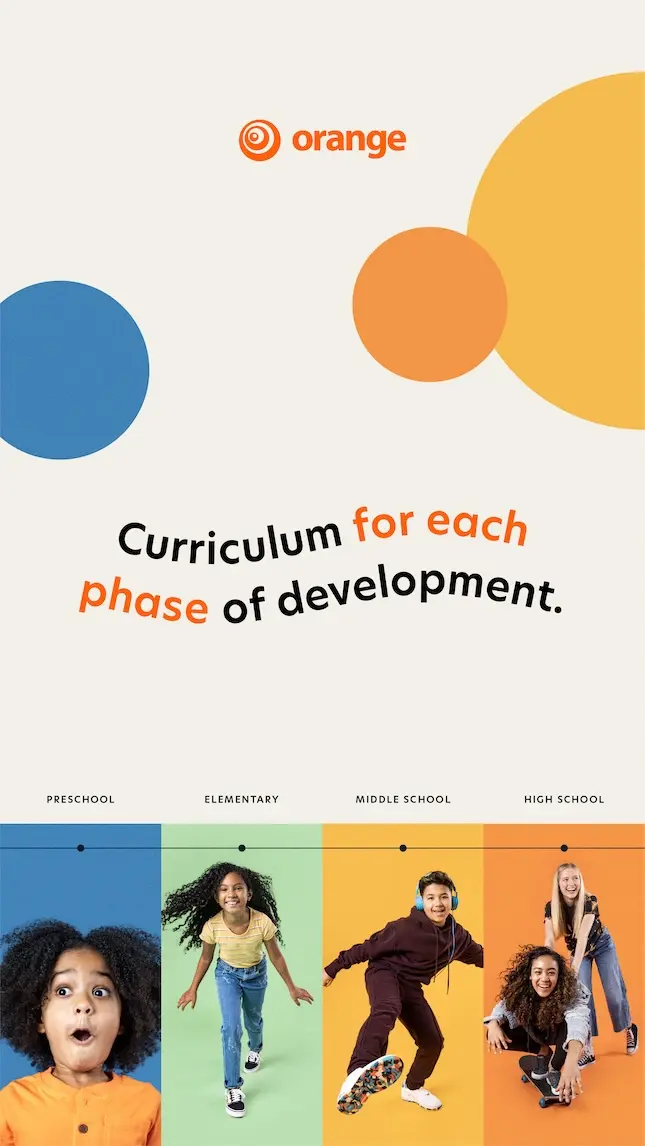In one part of the city, there is Congregation A. Congregation A sits in the middle of a neighborhood where the average family income is $35,000 per year and the average family size is 4.5 people. Poverty rates are high. Violent crime rates are rising. Schools suffer from a lack of funding and teacher apathy due to the lack of resources they need to educate young minds. Kids are glad to become teenagers, and teenagers are considered blessed if they graduate from high school without having run-ins with the criminal justice system. Law enforcement is not a trusted element in the community. Community members attend worship services regularly but the younger members struggle with seeing the reality of a loving God in the midst of their circumstances.
Across the city from Congregation A, is Congregation B. Congregation B sits in the middle of a community where the average family income is $75,000 per year. The family demographics are two-parent homes and the average family size is 4.5 people. Crime rates are low and academic achievement is an expected norm. The schools are excelling and the high schools have a large percentage of graduates that attend college on some level of scholarship every year. The community is known for being pious in their religious activity but not necessarily engaged in community affairs or social justice issues.
Knowing your neighbors is a critical piece to them feeling welcome when you invite them to the party. Knowing who you are inviting helps to create an experience that is meaningful and one where they will want to come back. When we are inviting them to a party of faith, we are inviting them to meet a God who cares about their lives and their circumstances. We are inviting them to meet a God who sees them as part of a big picture of His story of saving humanity with our participation. We are inviting them to grow past where they are into who God fully-destined them to be. With every community having circumstances that can have a positive and negative affect on faith, when we invite our community to join us, we are inviting them to bring all of who they are and allow Jesus to work in what they are not. That means we have to be able to minister and use the strengths and weaknesses evident in each unique community. Demographics help us know our community.
When considering demographics to study, here are a few suggestions:
Money
Money, and the availability of it, influences communities collectively and provides or limits opportunities for people individually. Economic indicators are one of the most influential demographic elements. While poverty affects the availability of opportunities, prosperity sets people apart and can make it hard to be sensitive to the plight of those who are living with unmet needs or access to opportunities that would help them live out their purpose.
Age
Preaching style, worship style, kid and student ministry opportunities, and even vacation patterns can all be informed via studies regarding the age of your community. Knowing the age of your community members can help inform you of your target audience and some of their needs depending on the stages and phases of life.
Race, Ethnicity, and Nationality
Race, ethnicity and nationality continue to influence the life of congregations because each influences the everyday life of congregants. Being able to welcome everyone to the party, whether they are the majority at the door of our churches or not, requires that we take an honest look at the plight of the minority during the week. It requires that we bare one another’s burdens and “respect God by respecting the people God made,” (252 Kids, August Bottom Line #2). When we are honest about the demographics in our community, and how they are reflected in our congregations, we know whether we have opened our doors wide enough or if they are still too narrow.
Educational Achievement
Educational achievement influences our ability to achieve our God-given purpose. The ability to read. Opportunities to excel at math. Access to technology and scientific equipment. These are all elements that provide a healthy educational environment. Being aware of the educational climate in our communities helps congregations to know if schools need their support to ensure every child gets an opportunity to fulfill the gift God has placed inside of them.
Demographic studies should also include family size, religious beliefs, faith involvement, and projected population growth. Demographics influence perspective. Perspective influences how we see the world. And our experiences in the world influence how we see God and our relationship with Him. When we deny the influences of demographics on individual perspectives, we are also denying the beautiful picture that God is working to paint when He brings them all together. Knowing the demographics of our communities is crucial to making sure every faith party is relevant, real, and impactful for the members of its community.



